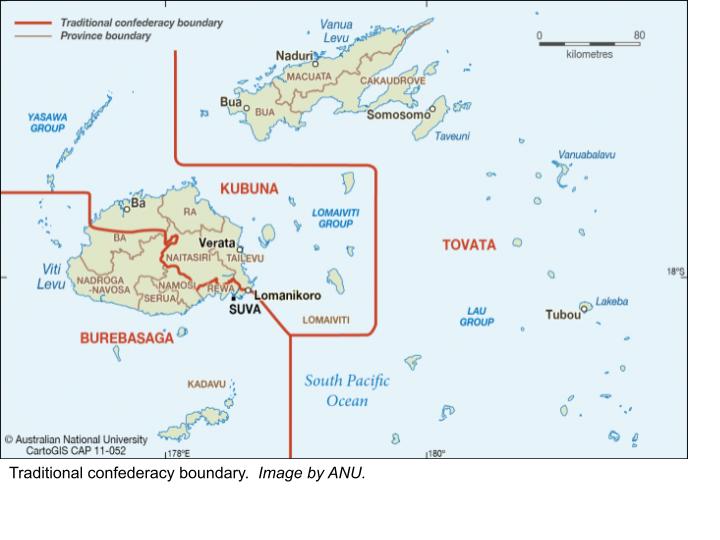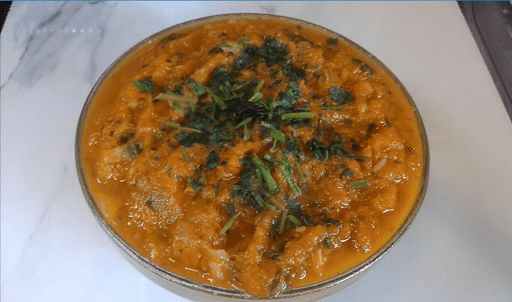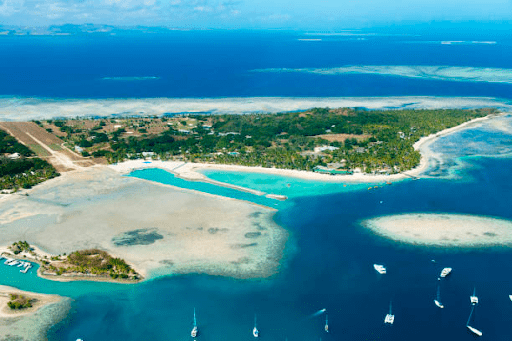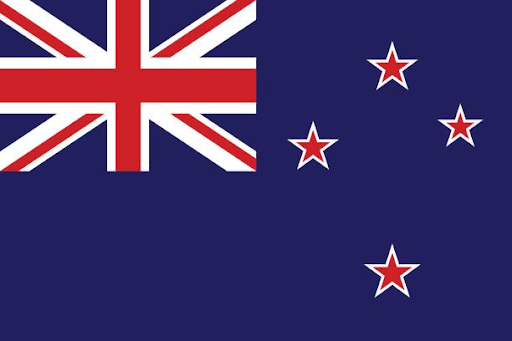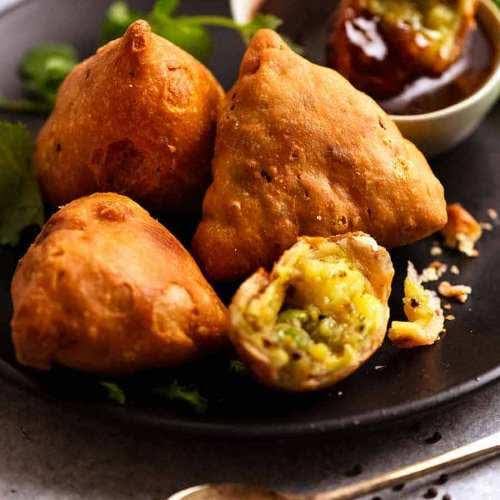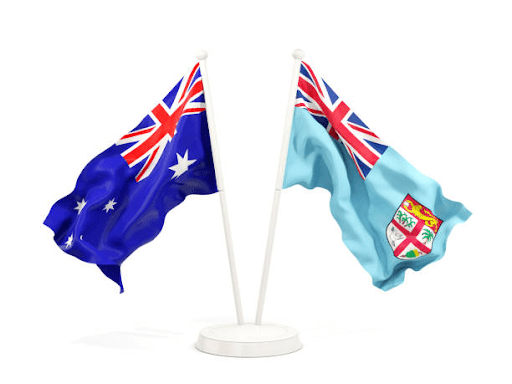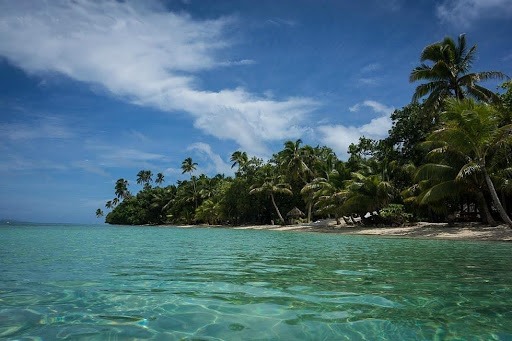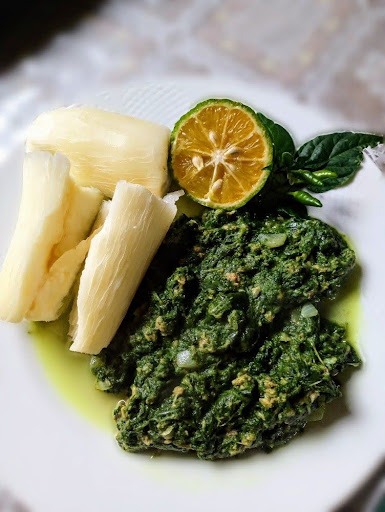Fiji’s three confederacies – Matanitu Vanua
Fiji has a few boundary lines that illustrate the various representations of directions, traditional and provincial areas of the islands. However, what isn’t talked about enough is the nation’s three confederacies or Matanitu Vanua. The origins of these confederacies run along the lines of myths, history and early political affiliations that were often the result of wars and alliances among island chiefdoms and external influences.

Burebasaga Confederacy
The word Burebasaga originated from Verata which is now a district of the province of Tailevu. It means a house of different branches or, as suggested by Ronald Gatty’s Fijian-English dictionary means ‘a divided house’. Its genesis lies in the wars that saw the loss of the vanua (land) of Namosi, including its territorial islands of Beqa, Kadavu, Vatulele and coastal regions of Nadroga to the Roko Tui Dreketi, paramount chief of Rewa and his people around the 1820’s.
The confederacy, which still includes these lands, has now grown or has partitioned to include the province of Serua, highlands of Navosa and parts of the Ba province. The seat of leadership for the Burebasaga confederacy has remained in the province of Rewa and still titled, the Roko Tui Dreketi. This confederacy is often seen as a cluster of vanua’s that resisted the Kubuna (Cakobau’s confederacy) and European expansion into the islands, the highlands were one of them too but it was suppressed by Cakobau in the end. The people of Kadavu and Rewa often refer to each other as ‘Kai’ or ‘Kai noqu’ (from mine/from the same region), as there is an oral history that Kadavu people migrated from the Rewa delta to Kadavu island.
Kubuna confederacy
The origins of the name Kubuna vary depending on which local you ask. The word itself means the ‘butt-end of something’, usually clumped together. Kubuna was originally a place on the Tailevu coast directly opposite Bau island before taking on new meanings. It became the collective name of the super tribe, the Vusaratu’s and Tui Kaba sometime in the 1760’s and continued to conquer lands along the Rewa delta.
Kubuna is perhaps the most probable reason for the alliances of lands into confederacies. Its ambitious warlord, Cakobau, was a son of the 5th Vunivalu of Bau island, often considered to be stealthy and sly. He had united most of eastern Viti Levu under his authority and claimed to be ruler of all of Fiji. Even though the islands had several warring chiefdoms, and he had been engaging in warfare with those most resistant to his ambitions, the Rewans and Ma’afu’s Lau group, during most of the late 1700’s and 1800’s. The confederacy today consists of the Lomaiviti province, parts of Ba province, Naitasiri, Ra and the Tailevu province. The head of the chief paramountcy sits on the island of Bau, under the title, ‘Vunivalu na Tui Kaba’.
People of the Kubuna confederacy today, call each other ‘Mataqali’ or ‘Mata’, which means ‘of the same people or same clan’.
Tovata confederacy
Possibly, the only confederacy to substantiate the tangible form of all three confederacies to this day and its most recent, is the confederacy of Tovata. ‘Tovata’, means to ‘team together or band together as a team’ and it was initially formed as, Na Tovata ko Natokalau kei Viti after the instigation of Ma’afu in 1867. Ma’afu, was a Tongan warlord appointed by Taufa’ahau (King of Tonga) to oversee the affairs of Tongans in Fiji, many of whom settled in the Lau group. Ma’afu set out to take control of the whole of Fiji and began with the eastern islands, moving northwards to Cakaudrove to form alliances with the Tui Cakau and Tui Bua and defeating Tui Macuata. He also took control of the Moala group where Cakobau had spent a part of his youth and was considered part of the Lomaiviti group.
The formation of this confederacy was Ma’afu’s initiative in government. For a while, his plan of expansion worked, as it continued to threaten the presence of Europeans and Cakobau’s expansion from the West. Ma’afu operations were only halted when he was asked, amidst other important chiefs, to sign the deed of cession for Britain’s annexation.
There isn’t a fixed chief paramountcy for this confederacy. Still, the title Tui Cakau is considered its most senior leadership, and the confederacy consists of the entire Lau province and the three provinces in Vanua Levu. People of this confederacy often call each other, ‘Tovata’ or ‘To’ for short.
The confederacies of Burebasaga and Kubuna also engage in a relationship known as the ‘veitabani’. This means, ‘one of different branches’ and commonly refers to people of common ancestral spirits, usually cross-cousins. The term they call each other is, ‘Naita’ (naitabani) and is often of a respectable nature. If ever you’re in Fiji and wonder why the terms ‘Mata’ and ‘Naita’ are being used constantly, it is because of these traditional relationships. Most of these relationships were a result of power struggles and alliances. These relationships aren’t inclusive of the island of Rotuma, Rabi and Kioa as their inhabitants aren’t of indigenous ancestry- all of which have a rich history and require articles of their own.
For any further reading on these relationships, all information on this article was referenced from Ronald Gatty’s Fijian-English dictionary and David Routledge’s Matanitu: The struggle for power in early Fiji. Routledge’s book contains extensive information on Kubuna’s power struggles against Rewa and Ma’afu’s Tovata.

